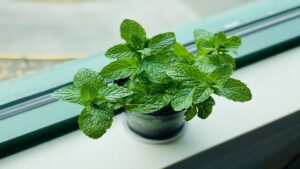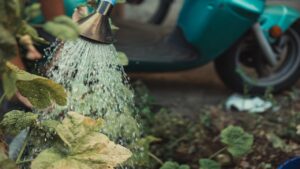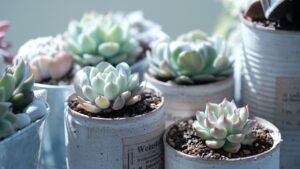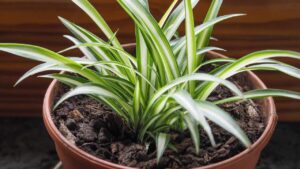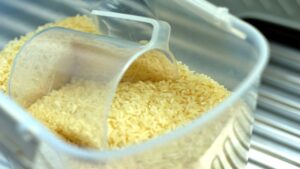Terrific Remedy for the Peace Lily: It Will be Healthy, Flowering and Thriving for Years
The Peace Lily, scientifically known as Spathiphyllum, is an extraordinary plant renowned for its beauty and elegance. Originating from the tropical regions of Central and South America, it has become a beloved and used presence in many homes. Beyond its stunning aesthetics, the Peace Lily carries profound meanings that extend beyond its decorative appeal.

If you wish to grow it, you should know that the Peace Lily thrives in well-drained and nutrient-rich soil. A quality houseplant potting mix is suitable for its needs. Enhancing the soil with organic matter, such as peat or compost, can further contribute to the plant’s overall health.
The Lily prefers bright, sunny areas and flourishes in environments with moderate temperatures, ideally between 18 to 24 degrees Celsius. Keep the plant away from cold drafts, and if possible, regularly mist the leaves to maintain proper humidity. When it comes to watering, maintain a consistent and moderate routine. Allow the top layer of soil to dry before watering again, but be cautious not to let the water stagnate in the saucer beneath the pot.
In the growing season, which for this plant is the period from spring to summer, it’s beneficial to fertilize the Peace Lily once a month to encourage robust flowering. If you wish to boost its energy and promote an abundant bloom, consider using a mixture of bone meal and charcoal.
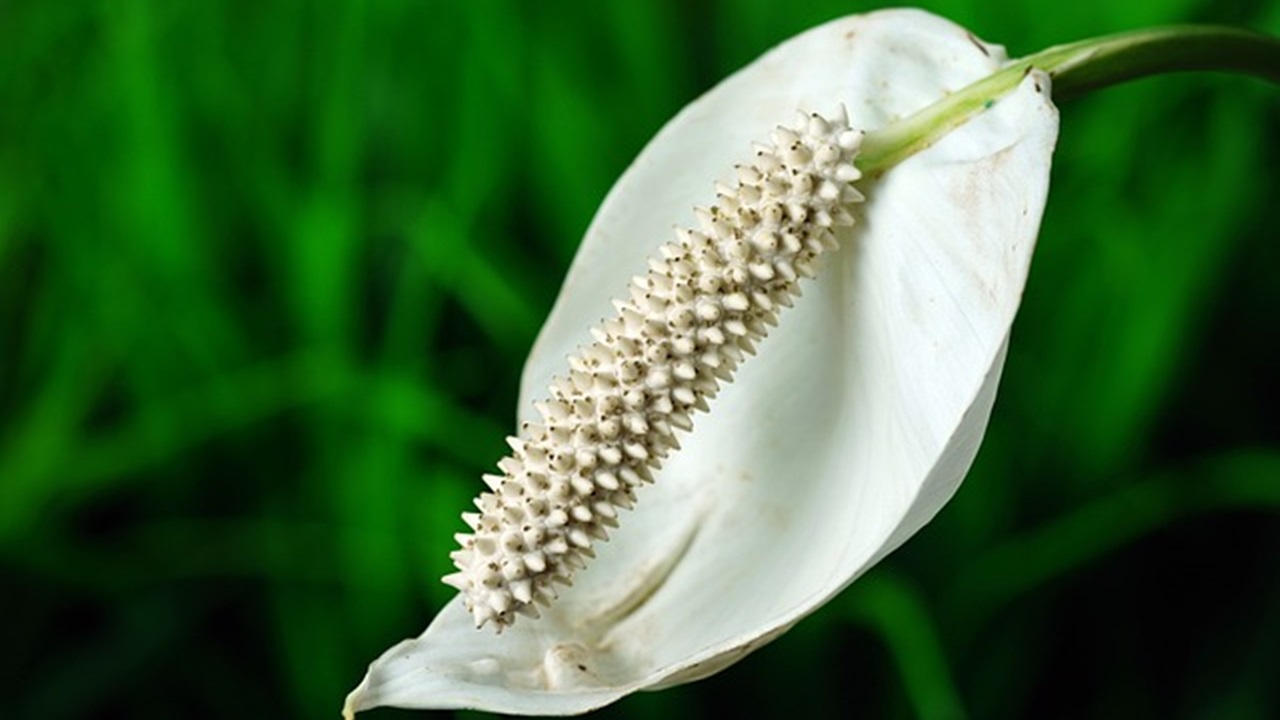
The ideal mixture to make the peace lily explode with flowers
Bone meal is a nutrient-rich source containing phosphorus, calcium, and other essential elements crucial for plant health. These elements play fundamental roles in promoting root formation, flowering, and fruit development. Calcium, in particular, is essential for strengthening the structure of plants and preventing diseases like gray mold or blossom end rot.
Carbon, being a porous material, possesses absorbent and filtering properties. Its porosity allows it to retain moisture and nutrients, releasing them gradually to the plant roots. Combining bone meal and charcoal in a 1:1 ratio creates a beneficial mixture. This blend can be applied directly to the soil or dilute it with water and used for irrigation.
